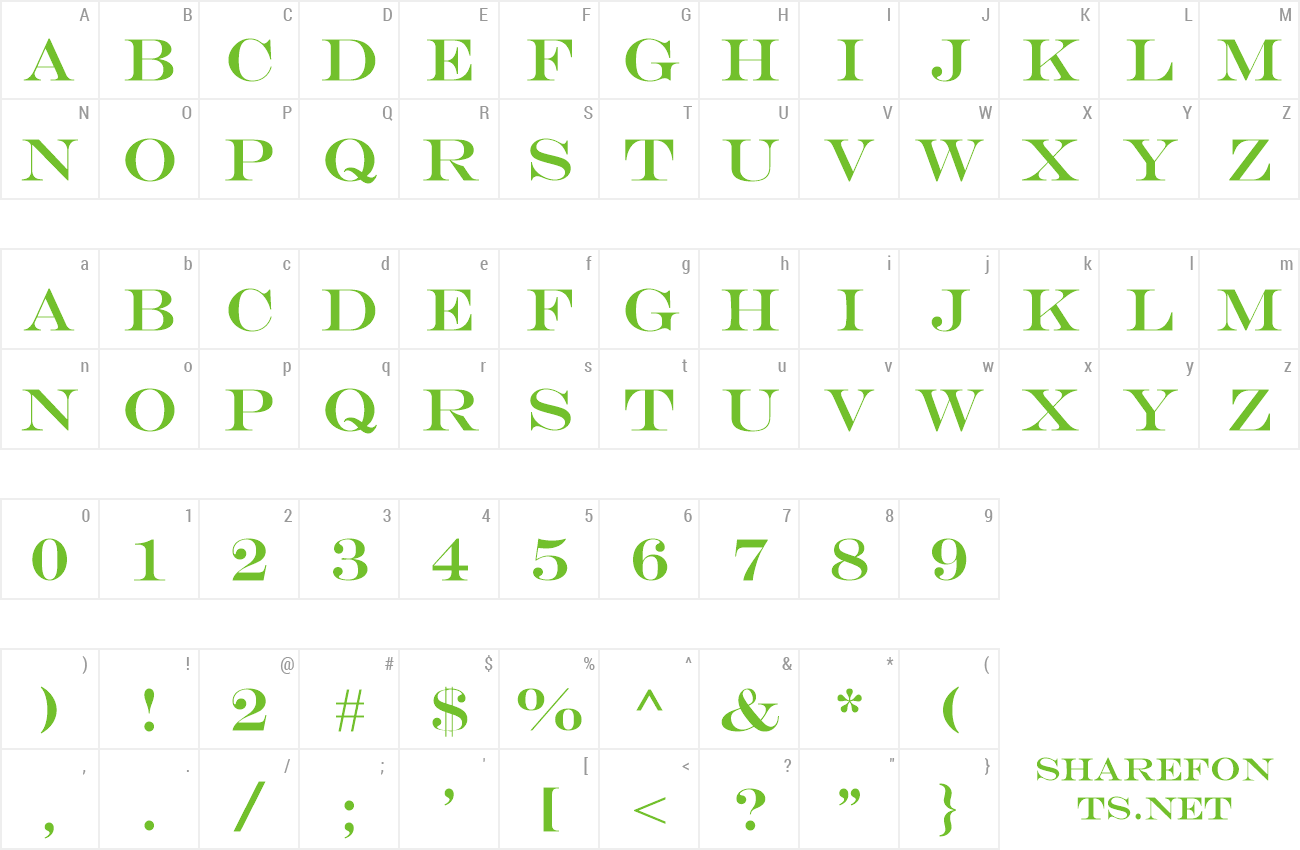- Groovy Tutorial
- Groovy Useful Resources

Both PC and Mac versions are available on my site. If you do not want to have to download your files via your computer/upload to iTunes to view them you can simply download the app 'Downloads Lite' for $2.99 through iTunes and save yourself a ton of time. Download for free 65+ Groovy Laptop wallpapers. 1920x1200 Think, wallpaper, apple, groovy, mac, paper (#41590)' Download. 1280x800 Free download Nature wallpaper Download 3D PC Collection' Download. 1334x2001 Vineyard Vines Whale Wallpaper (66+ images)' Download. The AEM Groovy Console provides an interface for running Groovy scripts in the AEM container. Scripts can be created to manipulate content in the JCR, call OSGi services, or execute arbitrary code using the CQ, Sling, or JCR APIs. icfnext/aem-groovy-console. In this download area, you will be able to download the distribution (binary and source), the Windows installer and the documentation for Groovy. For a quick and effortless start on Mac OSX, Linux or Cygwin, you can use SDKMAN! Download Groovy Friends for PC - free download Groovy Friends for PC/Mac/Windows 7,8,10, Nokia, Blackberry, Xiaomi, Huawei, Oppo - free download Groovy Friends Android app, install Android apk app for PC, download free android apk files at choilieng.com.
- Selected Reading
Groovy provides a number of helper methods when working with I/O. Groovy provides easier classes to provide the following functionalities for files.
- Reading files
- Writing to files
- Traversing file trees
- Reading and writing data objects to files
In addition to this, you can always use the normal Java classes listed below for File I/O operations.
- java.io.File
- java.io.InputStream
- java.io.OutputStream
- java.io.Reader
- java.io.Writer
Reading files
The following example will output all the lines of a text file in Groovy. The method eachLine is in-built in the File class in Groovy for the purpose of ensuring that each line of the text file is read.
The File class is used to instantiate a new object which takes the file name as the parameter. It then takes the function of eachLine, puts it to a variable called line and prints it accordingly.
If the file contains the following lines, they will be printed.
Reading the Contents of a File as an Entire String
If you want to get the entire contents of the file as a string, you can use the text property of the file class. The following example shows how this can be done.
If the file contains the following lines, they will be printed.
Writing to Files
If you want to write to files, you need to use the writer class to output text to a file. The following example shows how this can be done.
If you open the file Example.txt, you will see the words “Hello World” printed to the file.
Getting the Size of a File
If you want to get the size of the file one can use the length property of the file class to get the size of the file. The following example shows how this can be done.
The above code would show the size of the file in bytes.
Testing if a File is a Directory
If you want to see if a path is a file or a directory, one can use the isFile and isDirectory option of the File class. The following example shows how this can be done.
The above code would show the following output −
Creating a Directory
If you want to create a new directory you can use the mkdir function of the File class. The following example shows how this can be done.
The directory E:Directory will be created if it does not exist.
Deleting a File
If you want to delete a file you can use the delete function of the File class. The following example shows how this can be done.
The file will be deleted if it exists.
Copying files
Groovy also provides the functionality to copy the contents from one file to another. The following example shows how this can be done.
The file Example1.txt will be created and all of the contents of the file Example.txt will be copied to this file.
Getting Directory Contents
Groovy also provides the functionality to list the drives and files in a drive.
The following example shows how the drives on a machine can be displayed by using the listRoots function of the File class.
Depending on the drives available on your machine, the output could vary. On a standard machine the output would be similar to the following one −
The following example shows how to list the files in a particular directory by using the eachFile function of the File class.

Groovy Font Free Download Mac
The output would display all of the files in the directory E:Temp
Groovy Download File
If you want to recursively display all of files in a directory and its subdirectories, then you would use the eachFileRecurse function of the File class. The following example shows how this can be done.
The Groovy Script Free Download
The output would display all of the files in the directory E:Temp and in its subdirectories if they exist.
